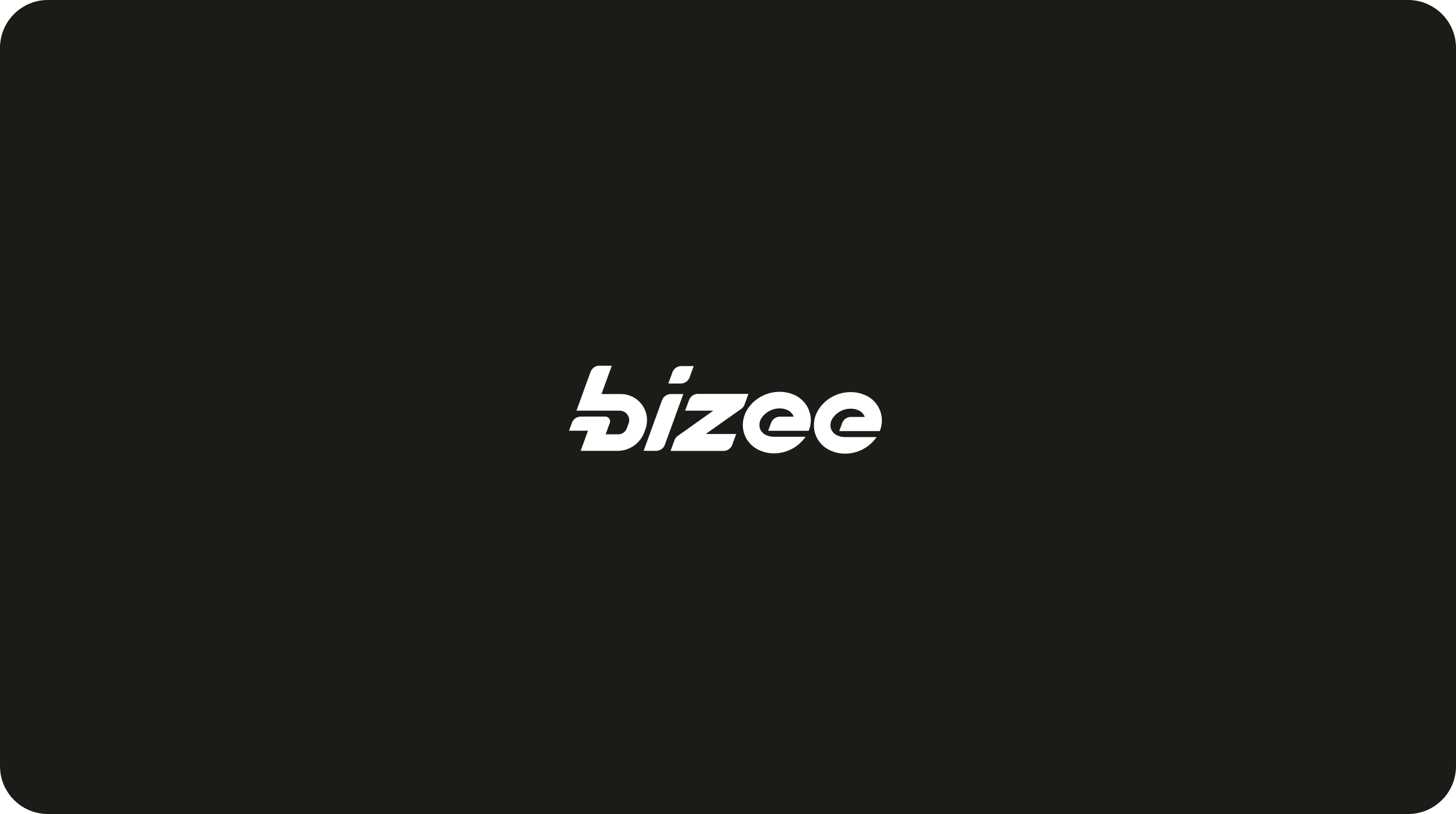W hen you start your LLC or other small business, you'll be faced with many choices. Where do you sell your product or service, and how much should you sell it for? What should you name your business , and what should your tagline be? What will your brand colors be? One of these concerns can actually hurt your business without you even realizing it.
Did you know that brand colors can influence between 60 percent and 80 percent of your customers' buying decisions ? That can be extremely powerful — or devastating depending on what you select for your logo , website, and/or product. So which brand colors are used the most often?
- Blue: Used by 33% of brands
- Red: Used by 29% of brands
- Black or gray: 28% of brands
- Gold or yellow: Used by 13% of brands
Most brands will stick to one solid color, or two colors at the most. Additionally, many brands will use colored/stylized text as their logo rather than an image — think of brands like Dell, IBM, Lowes, Home Depot, Sears, K-Mart, and Wal-Mart.
What Do Brand Colors Mean?
Colors are separated into two distinct categories: warm and cool. If we look at the top two colors being used by brands today (blue and red), blue would be considered cool while red would be considered warm.
- Warm colors are generally associated with power and energy
- Cool colors are generally associated with calmness and security
If you are trying to figure out what brand colors match your specific brand, Column Five has a fantastic infographic breaking them all down.
Brand Colors Provoke Different Reactions from Consumers
So what image are you trying to portray with your business? See below for an analysis of how colors can affect the messaging and feel of your company, as well as some example brands that use each color.
Now think about some of your favorite brands. What are their brand colors? Do they align with the descriptions mentioned below?
Red – Coca-Cola, YouTube
- Aggressive
- Energetic
- Provocative
- Attention-grabbing
If you want to capture someone's attention, consider using red. If you sell a product, red will help it stand out on retail shelves, as well as draw consumer eyeballs.
Purple – Hallmark, FedEx
- Royalty
- Sophistication
- Nostalgia
- Mystery
- Spirituality
Power, wisdom, and luxury also come to mind when you use the color purple as your brand colors. If you want a certain level of sophistication with your brand, purple should be a color you consider.
Blue – IBM, ADT
- Trustworthy
- Dependable
- Secure
- Responsible
Many tech companies and social media platforms utilize the color blue (such as Twitter, Facebook, and Skype). This is because consumers want a secure platform that protects their data and information. The color blue can make people feel at ease and comfortable with your brand.
Green – Starbucks, USDA Organic
- Wealth
- Health
- Prestige
- Serenity
When you think of the color green, you probably think about money and nature. Clearly, if you are in the financial industry, green could be a wise color choice. Also, if you'll be starting a landscaping or lawn care business , green should definitely be one of your brand colors to tie in the purpose of your company.
Yellow – Post-it, IKEA
- Positivity
- Light
- Warmth
- Motivation
- Creativity
Think of all the things around you that are yellow: the sun, a smiley face sticker, maybe a Post-it note? Yellow is a very cheerful color; it brings people warmth and positivity.
Other than yellow caution tape, it’s hard to find anything “negative” that is the color yellow. So, when you want people to think of your brand as being creative and positive, consider yellow as one of your brand colors.
Orange – Harley Davidson, Home Depot
- Vitality
- Fun
- Playful
- Creativity
- Exuberant
Orange is a color that is exciting and fun, yet also creative — it’s hard to think of two better examples than Harley Davidson and Home Depot. If your business deals with creativity or something fun, look no further than the color orange.
Brown – UPS, Hershey’s
- Earthlike
- Natural
- Simplistic
- Durable
Brown resembles things like wood, dirt, and earthy items, meaning the color resonates well with natural products, as well as companies who want to evoke a sense of "solid ground." If your brand deals with anything that has to do with earth or nature, brown would be a good color to consider.
Black – Dolce & Gabbana, Jack Daniel’s
- Prestige
- Value
- Timelessness
- Sophistication
Nothing screams sophistication more than an all-black suit or dress. There is a sense of elegance and power when you think of the color black, and it seems to bring value to a brand and product. A Rolex with a black face brings prestige to the wearer and makes for an ageless timepiece. If you want to add a sense of value to your brand, consider utilizing black as one of your brand colors.
White – Cotton, Charmin
- Pure
- Noble
- Clean
- Soft
When you think of the color white, you think of things such as paper towels, tissues, toilet paper, and white cotton t-shirts. There is a feeling of cleanliness, softness and innocence that comes with such items and products. If these are traits you want to be associated with your brand or product, consider having your brand colors include white.
Color Psychology
Yes, companies are using colors to play tricks with your mind. They want you to feel a certain way about their brand, and different colors evoke different feelings. If their brand is adventurous and somewhat dangerous, they will utilize colors such as red. If they offer home security, they will want to make you feel safe by using blue.
While many of these brands are not trying to be deceitful, they ARE trying to have you feel and think a specific way when you see their brand. You may feel a brand is creative, exciting, optimistic, balanced, peaceful, trustworthy, or friendly simply based on their brand colors. This can affect your buying behaviors.
Colors also play a role in our senses. Think about some foods you eat or the beverages you consume. When you see the color orange in a glass, what’s the first thing that comes to mind? Orange juice. When you see a white drink, you probably think of milk. Purple reminds you of the flavor grape. You already subconsciously made a decision about those beverages simply based on their color — and brand colors can do the same for your company.
At the end of the day, your brand colors can make or break your business. If you choose something that doesn't fit, it could drive business away to your competitors. Do a deep dive into what you want to be known for, and narrow down your color choices from there. Choose well, and you could be seeing the color green in your future.
Are you still on the fence about starting your own business ? Bizee has a great resource called the Business Checklist , which is a clear and comprehensive guide to everything you need to do to get your company off the ground.






